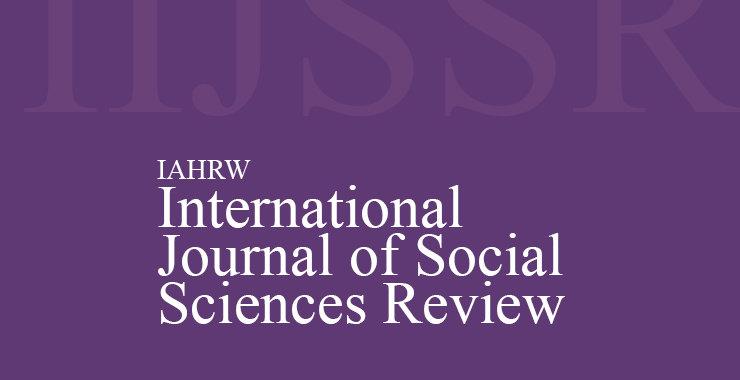Building and Leading a Collaborative Culture for Teachers: A Case Study of a College of Fine Arts Under Aesthetic Education Reform in China
Original price was: ₹ 201.00.₹ 200.00Current price is: ₹ 200.00.
Page: 492-500
Pan, Lei1 and Evelyn A. Songco2 (The Graduate School, University of Santo Tomas, Espana Boulevard, 1015 Manila, Philippines1,2 and Zhoukou Normal University, China1)
Description
Page: 492-500
Pan, Lei1 and Evelyn A. Songco2 (The Graduate School, University of Santo Tomas, Espana Boulevard, 1015 Manila, Philippines1,2 and Zhoukou Normal University, China1)
The continuous advancement of aesthetic education reform in China demands that leaders and teachers transition their mode of practice to improve students’ innovative spirit, aesthetic and humanistic literacy. A positive teacher-collaborative culture is essential to driving meaningful change within realm of higher education. Despite considerable literature has affirmed that successful education leaders are capable of building and nurturing cultures of collaboration among teachers. However, there remains a gap in understanding how college leaders in the Chinese aesthetic education reform context can shape the organizational culture and facilitate collaborating conditions. The present study was conducted on 10 participants from a college of fine arts in Henan, China through purposeful sampling. Data was collected through 16 semi-structured interviews and relevant documents (Teaching Research Group activity records). The findings revealed that the college dean employed multiple leadership strategies to build collaborative conditions across the three elements of structural conditions, values, and interpersonal relationships. Findings were organized into the following themes: (1) Comprehensive optimization of the school’s organizational structure, management principles, and collaboration models to create collaboration mechanisms for teachers; (2) Collaboration built on the foundations of ethics, sincerity, and innovative thinking; (3) Shaping a trusting and open academic environment to promote responsible, inclusive, and innovative collaborative relationships. Specific leadership strategies for building and leading a culture of teacher collaboration within the context of aesthetic education reform and implications for future research are provided based on these findings.

